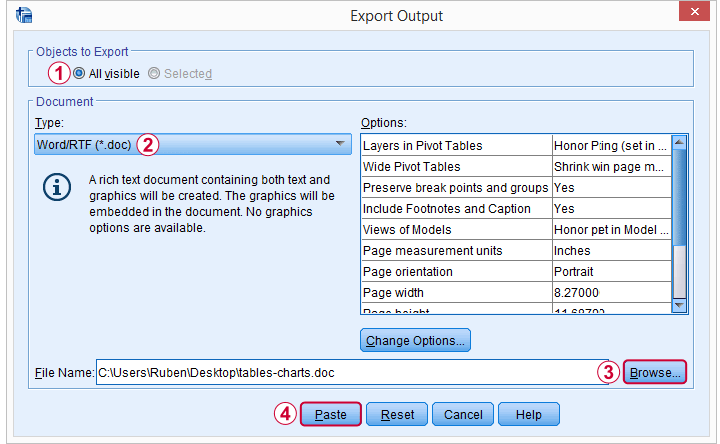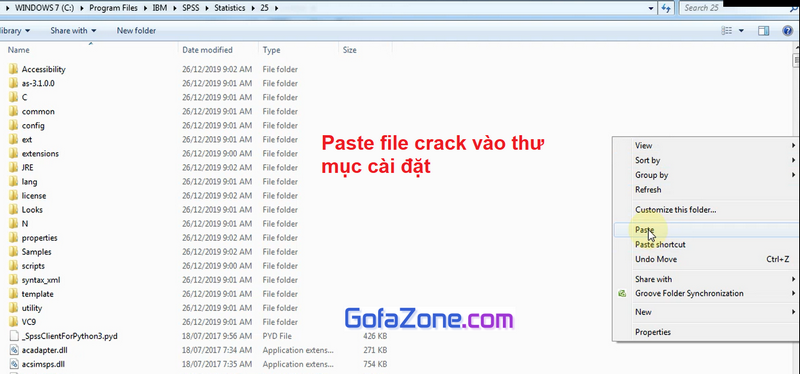
Each row corresponds to a case while each column represents a variable.
TRANSFER AN EXCEL FILE TO SPSS 25 DOWNLOAD
The main reason to download the SPSS file rather than CSV is to preserve the variable and value labels.Īlso, a continuous variable such as a Likert-type scale might have value labels for the end points in order to clarify the direction of the scale. The Data Editor is a spreadsheet in which you define your variables and enter data. We learned several steps to export table data to CSV file, R data to excel sheet. Open the template and enter the data you want to import. From the Data Import tool, download your Data Import Template (click Download your Data Import Template) and save it to your computer as a CSV file. For multiple column items containing several variables, use the write.table() or write.csv() command. In IU REDCap, use the Data Import tool to import data from a comma-delimited (CSV) file. For a single vector of values, use the write() or cat() command. SPSS data files created by Qualtrics may not have the correct classifications. Transfer the data out of R by using the write.table(), write.csv(), and cat() commands.
TRANSFER AN EXCEL FILE TO SPSS 25 SOFTWARE
Conversely, using a Stata file in other software, such as SPSS, often require s that the file be converted into a format that that software can read.
Once I was able to open the files on SPSS, I had to go back and label each variable. Looking back, that should have been obvious from the get-go. It doesn't get them correct all of the time. Stata users will also often want to read data files that were created by some other program, e.g. Apparently I had the option of opening SPSS, going to files, clicking open data, and finding my Excel files simply by changing the type of file from (.sav) to (.xls). When Excel files are opened in SPSS, SPSS attempts to classify the incoming variable (based on the number of unique levels). The have to be erroneously classified as scale. Here is a link to the data file we will be using. Therefore I tend to leave all variables as scale (the default) unless there's a reason to change them (such as when creating custom tables).įor some reason non-parametric tests in SPSS won't work if the dependent variable has been classified as ordinal. We will demonstrate these tips by attempting to import a poorly designed Excel file into SPSS (version 21). There is something for everybody in the sample syntax's included here: some do simple things, are easy to understand and have a lot of comments some do complex things and have either no comments or a lot of comments others fall between these two extremes. Click Read variable names if the first row of the spreadsheat contains column headings. As a 'bonus', syntax files work on all versions of SPSS, not just on Windows.

Select type of file you want to open, Excel. Select Excel Files from the selection window and click on Next. In most cases SPSS doesn't care whether your variables have been classified correctly. To open your Excel file in SPSS: File, Open, Data, from the SPSS menu. To import an Excel file into SPSS, use the following steps: Open SPSS.

I can think of several reasons why an ordinal (or even a nominal variable) might be coded as interval (scale) in SPSS and one reason why someone might add value labels to a genuinely continuous variable.


 0 kommentar(er)
0 kommentar(er)
